Day & Night

Day and night are the most basic divisions of time. At any moment, half the planet faces the Sun and experiences day. The other half faces away from the Sun and experiences night. Your location on Earth determines when the Sun rises and sets and where it appears overhead in the sky. The length of day and night you have also depends on where you live and the time of the year.
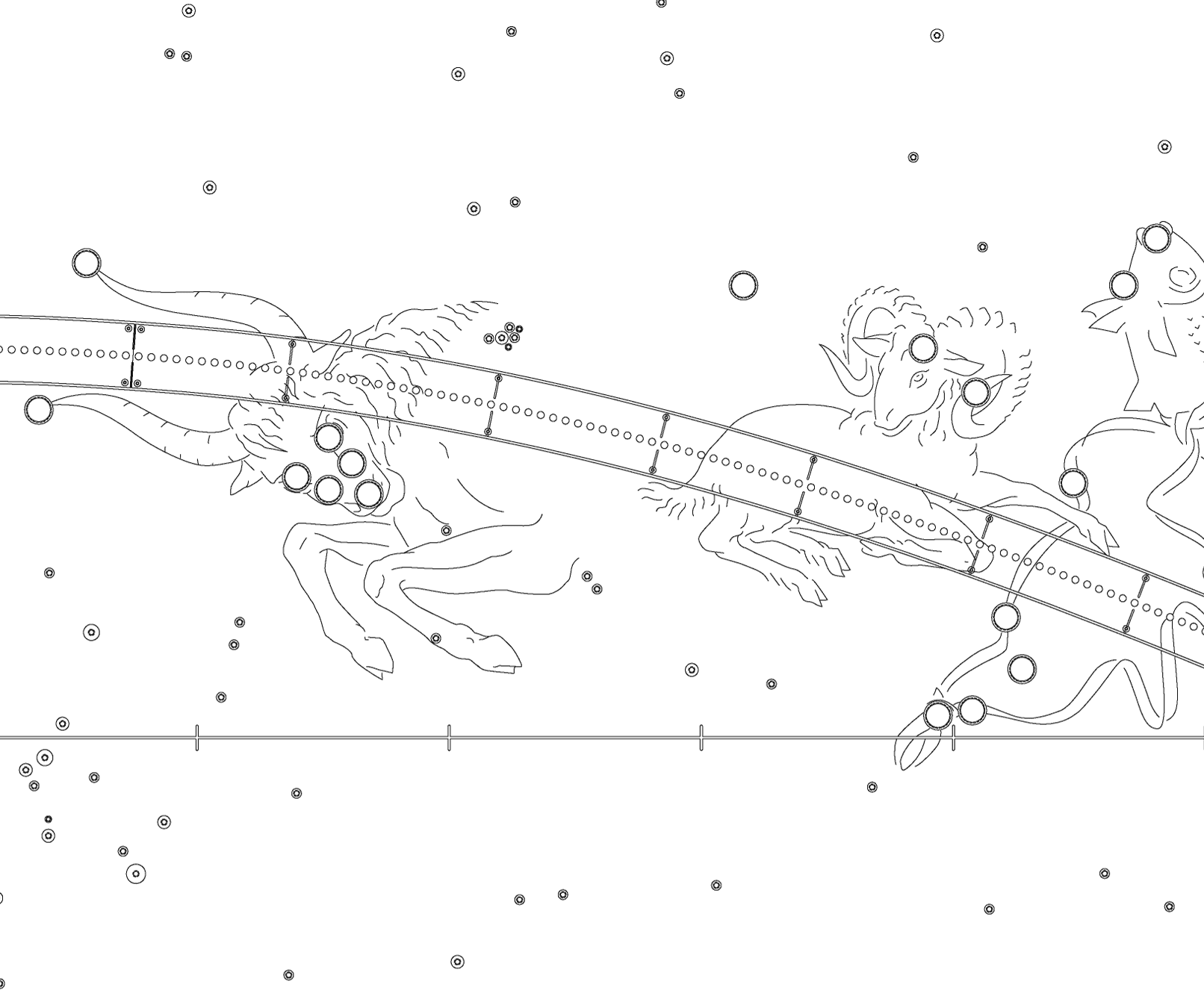
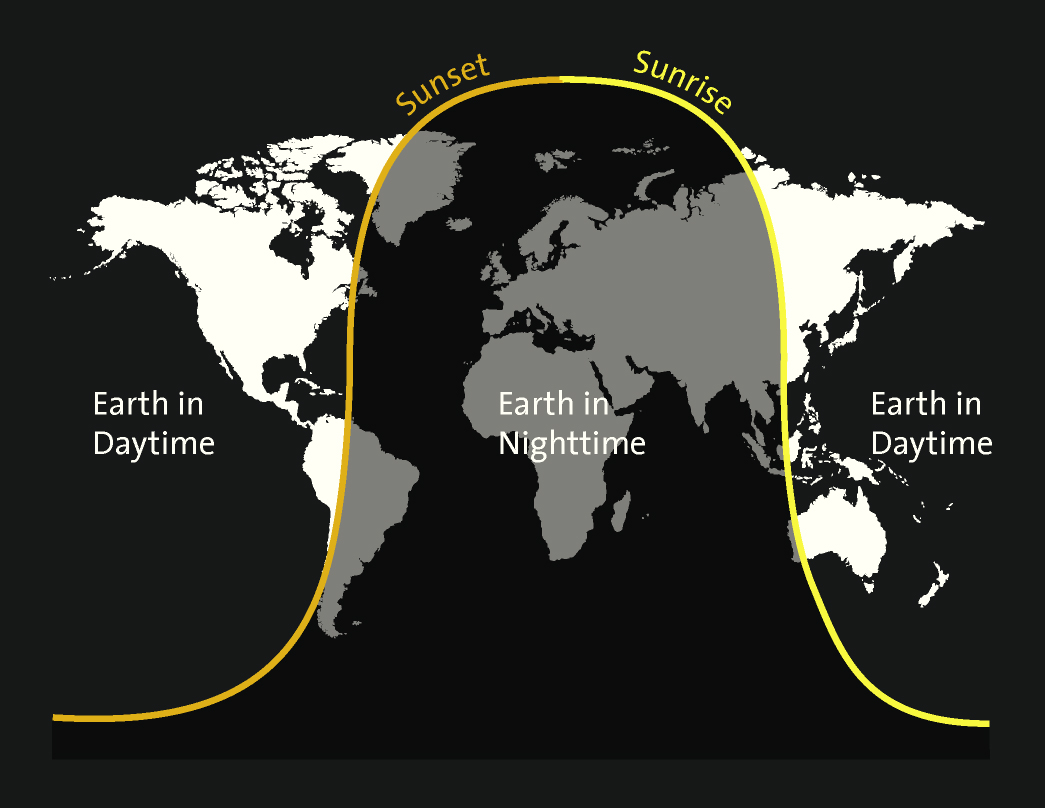
Day and Night Across Earth
We have day and night because Earth turns on its axis from west to east and we ride along with it. This makes objects in the sky look as if they are moving from east to west. The Sun appears to rise in the east each morning, and we spend our day in sunlight. Late in the day, we see the Sun disappear below the western horizon. Our location moves eastward into Earth’s shadow and the dark of night.
Why Hours of Daylight Vary
Three factors determine the hours of the daylight you experience: Earth’s tilt on its axis, your latitude, and the time of year.
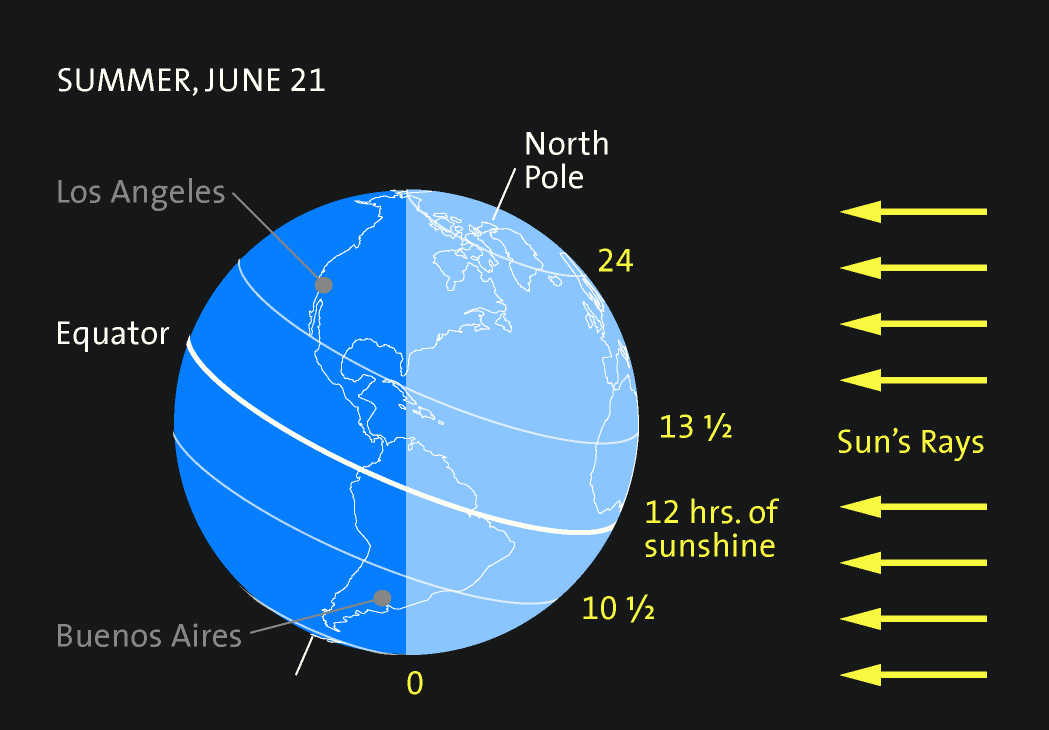
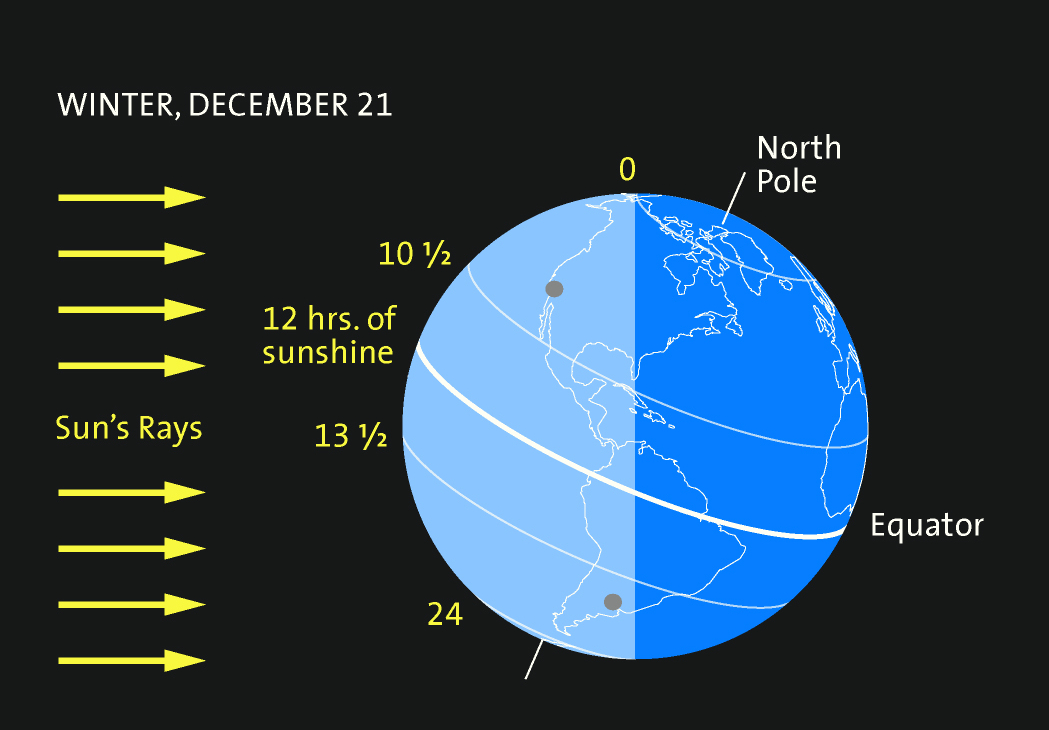
How People Adapt to Day and Night
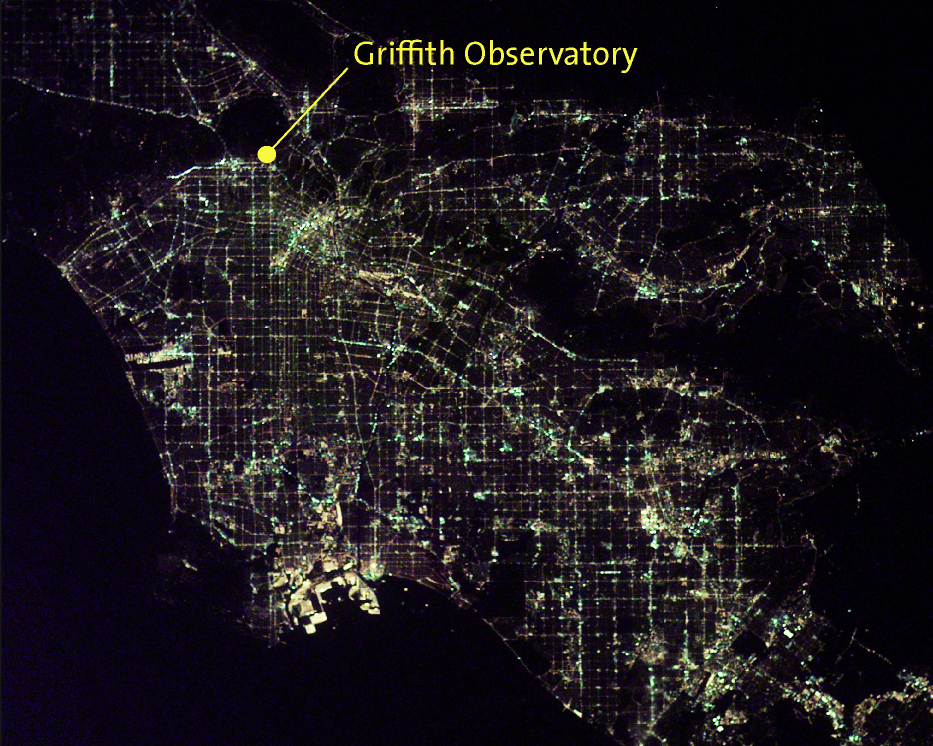
The day/night cycle affects our lives in many ways. During daytime hours, many people are active and alert. The evening hours are typically when we rest. Electricity lets us extend day into night by lighting up our homes and cities. This allows us to be active later into the night, but all the light interferes with the dark skies astronomers need to see the stars.